Pałac Wodzickich
© polska.org
POL
near Kraków
© polska.org
Fetching images...
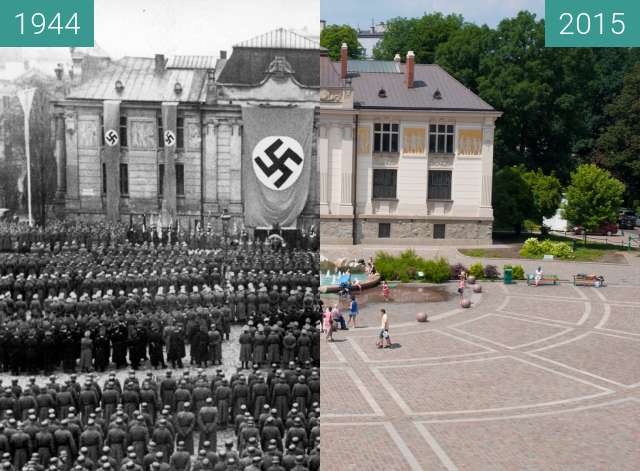

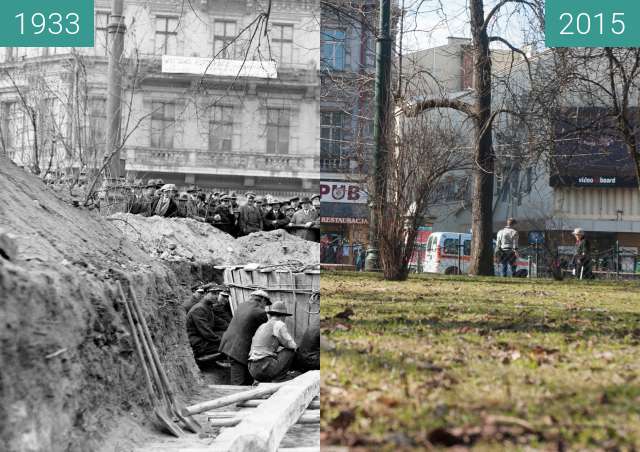

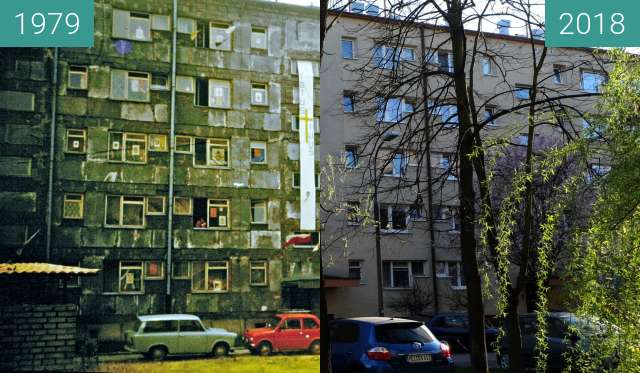
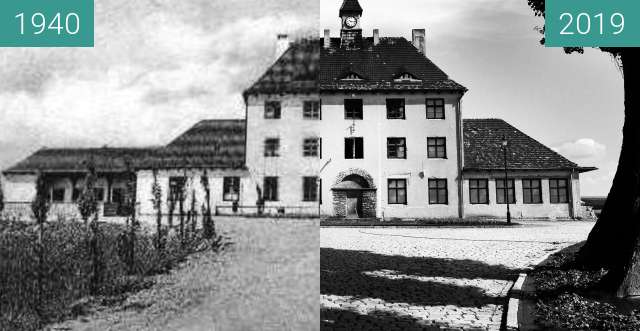
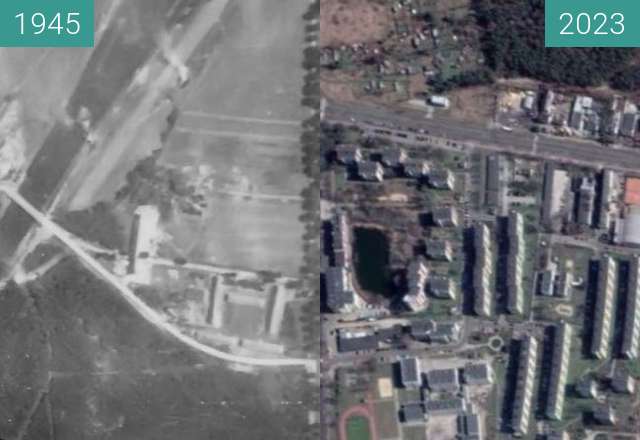
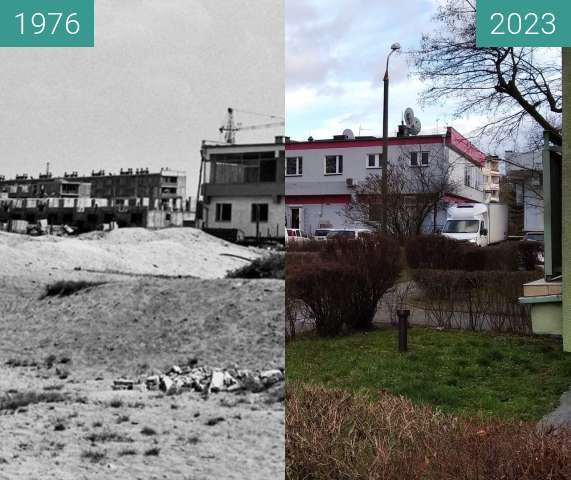
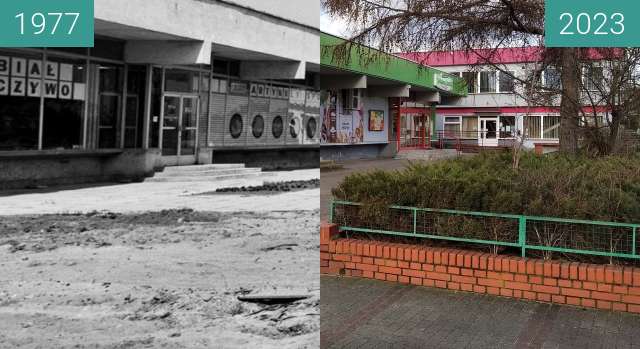
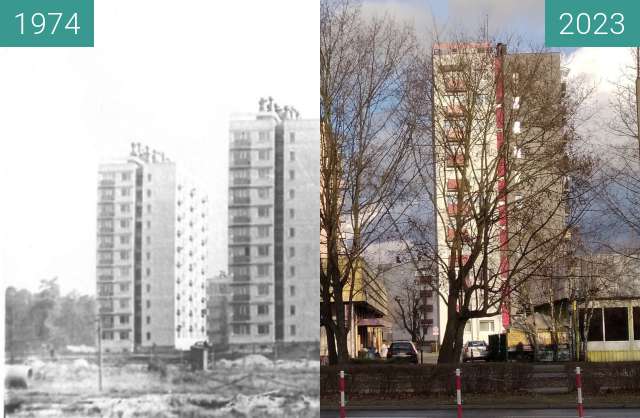
Ulica św. Jana, dom nr 11, róg z ulicą św. Marka 15, Pałac Wodzickich powstał w wyniku odbudowy po pożarze z roku 1781 wcześniej istniejącego w tym miejscu pałacu.
Jest do doskonały przykład wczesnoklasycystycznego pałacu z bogato dekorowaną fasadą. Frontowa elewacja jest symetryczna, cechuje się siedmiopolowym podziałem, którego rytm wyznaczają okazałe pilastry oraz imponująca attyka w typie balustrady z wazonami. Na szczycie attyki znajduje się wielki kartusz z herbem rodu Wodzickich (Leliwa) otoczony rzeźbami.
Ze względu na niewyjaśnioną sytuację prawną, pałac od wielu lat jest opuszczony, nieużytkowany i niszczeje
St. Jana, house No. 11, corner with Św. Marka 15, Wodzicki Palace was built as a result of the reconstruction after the fire in 1781, the previously existing palace in this place.
It is a perfect example of an early Classicist palace with a richly decorated facade. The front elevation is symmetrical, characterized by a seven-field division, the rhythm of which is determined by sumptuous pilasters and an impressive attic in the type of balustrade with vases. At the top of the attic there is a large cartouche with the coat of arms of the Wodzicki family (Leliwa) surrounded by sculptures.
Due to the unclear legal situation, the palace has been abandoned, unused and decaying for many years